For a better view, rotate DEVICE to landScape - fine art PRINTS AVAILABLE SOON!
How My Fujifilm Bias Won Over the Right Choice for a Video Camera: Sony
The Fujifilm X-S20 definitely surprised. I bought it instead of a straightforward choice for video recording: Sony. Right or wrong?
DOCU
John T.
5 min read
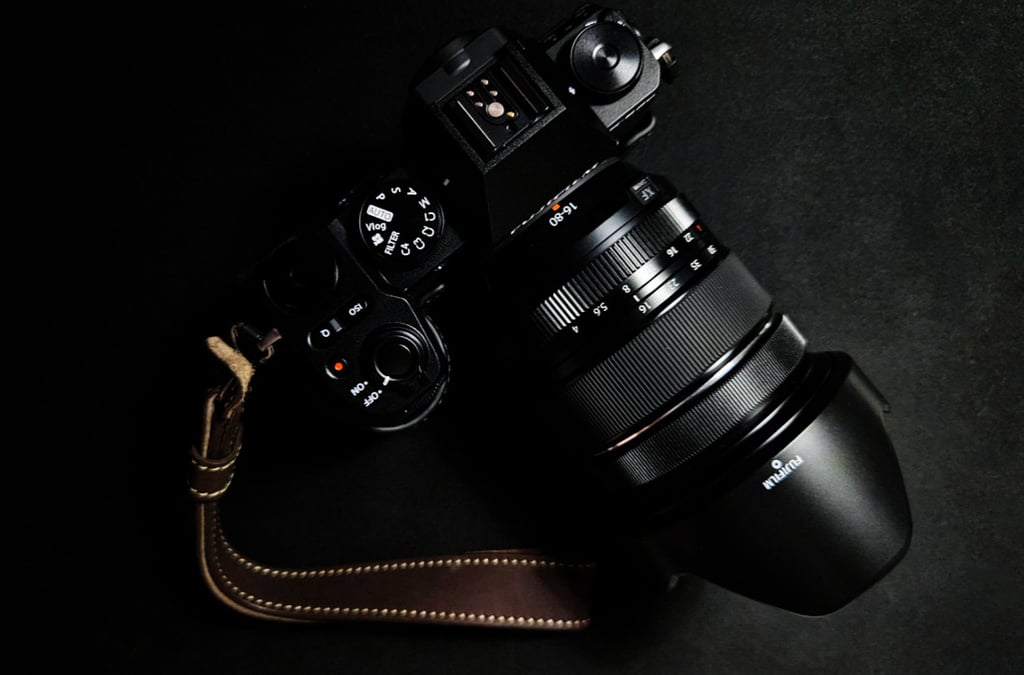

Throughout my photography career I've shot three brands extensively: Canon, Nikon and in the last decade Fujifilm. While image quality is a primary focus for me, as I love to examine my photos in detail, I've come to realize that it’s the colors and tonal quality that truly captivate me. The only major Japanese brand I haven’t owned yet in the digital camera era is Sony.
Since DSLRs (Digital Cameras) became popular in the early 2000s, my main frustration has been wasting shots and missing moments because the autofocus (AF) systems too often couldn’t keep pace with my shooting, even after mastering various techniques for achieving precise focus. Today, more so, when you factor in shooting at 30, 60, or even 120 frames per second, basically video, it becomes a challenge, especially when using wide apertures or very shallow depths of field for subject isolation.
It is an industry wide frustration and only one company today stands out as the clear leader in autofocus systems, particularly for video: Sony! They produce image sensors for the vast majority of camera manufacturers in the industry, as well as for nearly all notable smartphone makers, including all iPhones. Top-tier priced cameras from Leica and Hasselblad rely on Sony as well. Essentially, everyone buys the most vital component that allows cameras and smartphones to capture the world from a single global supplier: Sony. Sony designs camera sensors with a phase detection autofocus (PDAF) pixel layer that can identify whether an image is in focus, built into the imaging sensors (indicated as focus points embedded across the image sensor on a camera’s specification sheet). Additionally, Sony has heavily invested in vision AI to recognize all kinds of subjects, making their autofocus recognition, acquisition, and tracking system the most reliable and precise since the introduction of the Sony a9 in 2017.
So why would anyone choose Fujifilm, the underdog among the four major Japanese brands, for autofocus in both stills and video? Fujifilm still stands out as the only brand that produces a unique organic quality to their pictures. Their photos are sometimes characterized as filmic, possess a cinematic look a reference to their colors, tonal quality, and grain/texture. Skin tones, a big deal to many photographers, are very pleasing on Fuji's. While Sony's color rendition has improved over the years, serious photographers often feel that the files require editing or post-production color grading to achieve acceptable results. I'm usually looking for an emotional pull from my photos, and although Sony will impress with its clarity, sharpness, and dynamic range, it often fails to evoke any emotional response because of this "clinical" and "digital" quality. Unnatural skin tones remain a common complaint for Sony to this day.
So why was the X-S20 such a pleasant surprise? Coming from an X-T4 (a professional Fuji model prior to the latest X-T5), the autofocus is significantly better than I anticipated. The colors as expected are stunning, and the images seem to offer even more detail compared to the X-T4, despite having the same base sensor but utilizing the most advanced processor (CPU/GPU for cameras) in the Fuji system. This model stands out as one of the best autofocusing models in Fuji’s lineup, featuring the most powerful processor (X-Processor 5) paired with a less demanding 26MP sensor in contrast to the much more processing-intensive and memory-hungry 40MP models designed for higher-end but photography-first use (not video-centric).
I configured the autofocus for tracking moving vehicles while photographing through a tinted windshield (while driving but stationary-ish). Then Auto Eye and Face tracking were set for my in-mall test shots. In terms of vehicle shots, one was slightly off, another was mildly blurred—not perfectly sharp; the remaining images turned out flawless.
For the portraits, I sometimes push the image stabilization (IBIS) to the extreme by using very slow shutter speeds, such as 1/2, 1/4, or 1/6 of a second. At these slow speeds, I may get 30% of them sharp. If the shots came out blurred, I don't mind because no IBIS system will give you consistently sharp results at those slow shutter speeds. Shooting at a fast enough shutter speed from 1/25 to 1/500 of a second, I missed focus once out of many- I and the subject were walking in that one. The recognition boxes for eyes, faces, and human forms were quick to lock on and maintained their tracking effectively. Overall, maybe 10% of the shots were slightly out of focus or blurred but still usable. I wondered while using it where I saw multiple green boxes tracking multiple subjects and realized they were reminiscent of Tesla's self-driving visualizations.
Check out the test shots taken with the X-S20 shown below, along with captions. I will also link videos later.
Edit: I did a tracking test through a highly reflective glass door of walking people in a very busy scene. It was surprisingly sticky. I took 4 shots at 1/160 at f/1.7 they were gloriously sharp. One was slightly off but perhaps because it competed with another face next to it which was sharp.


Least Focused & most blurry shot of vehicles. (See armored van)
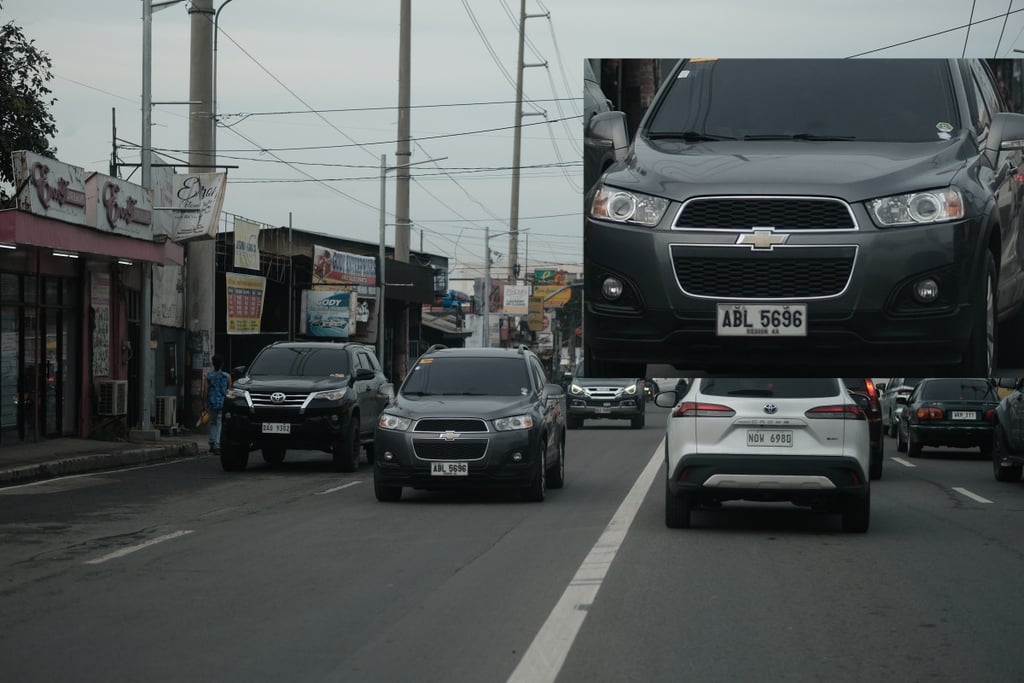

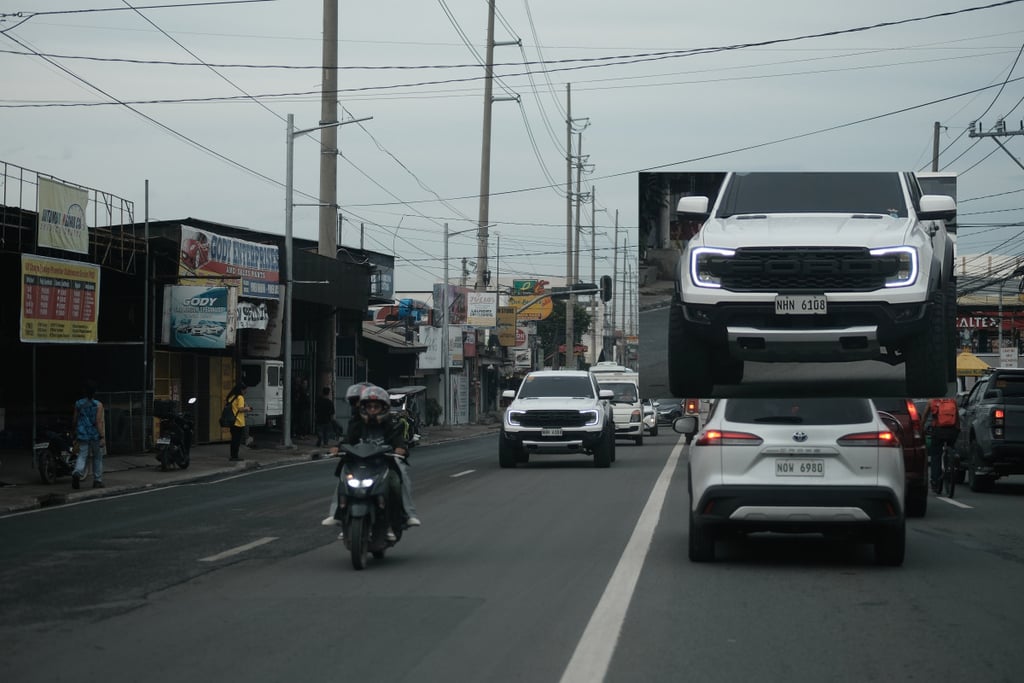

Perfectly focused tracking shot example (Gray Chevrolet)
Second worst, just slightly off (white pick-up truck) of 7 moving and 10 vehicle shots total.


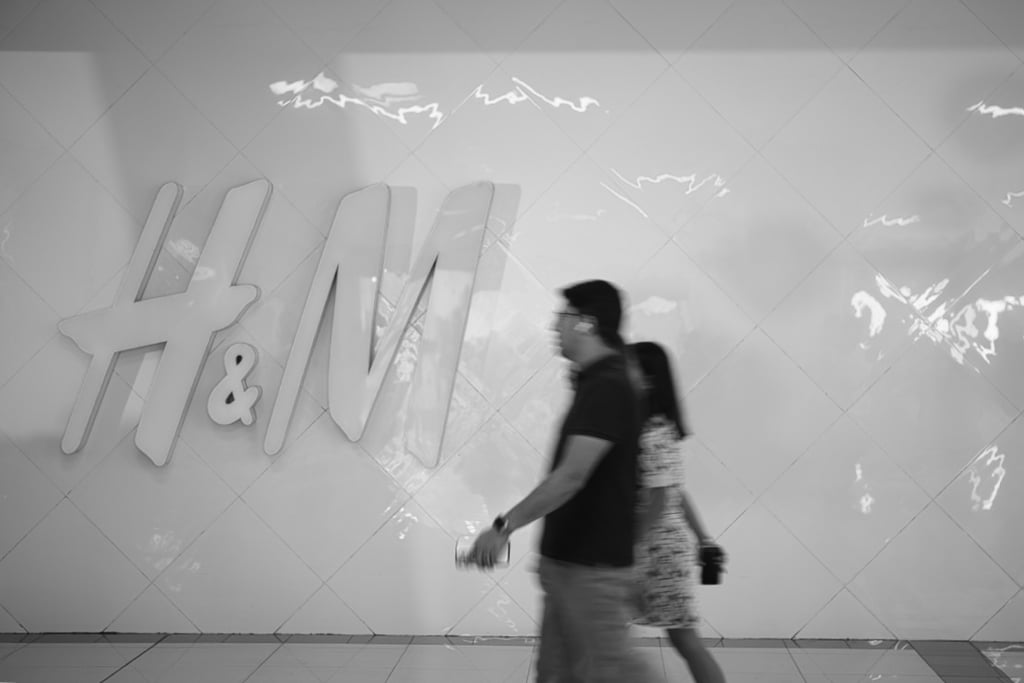





(Click the image to zoom)
Shot at 1/25 sec.
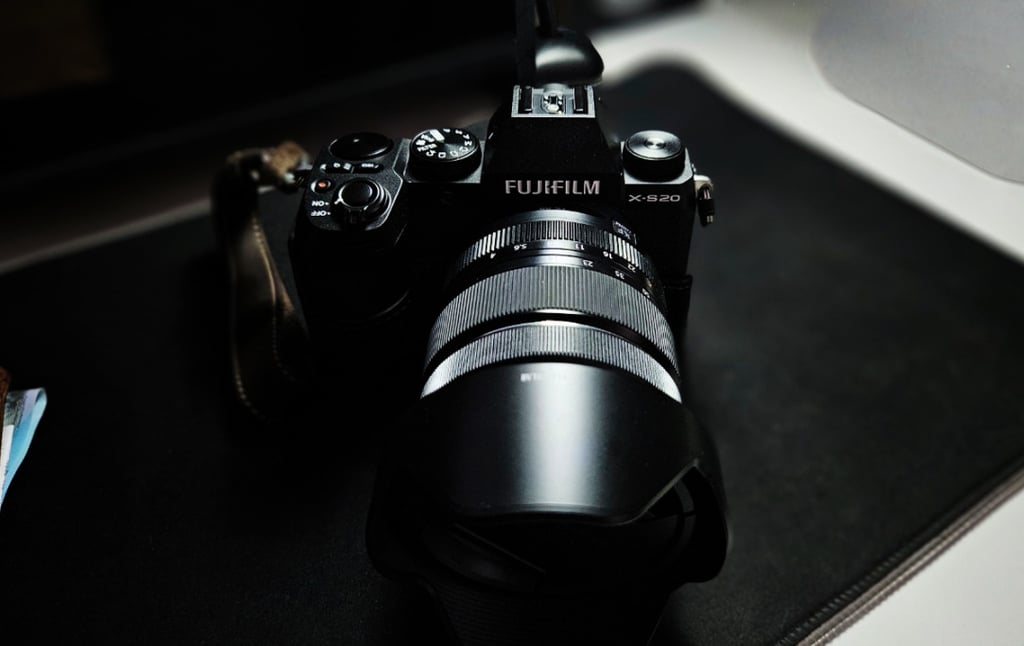

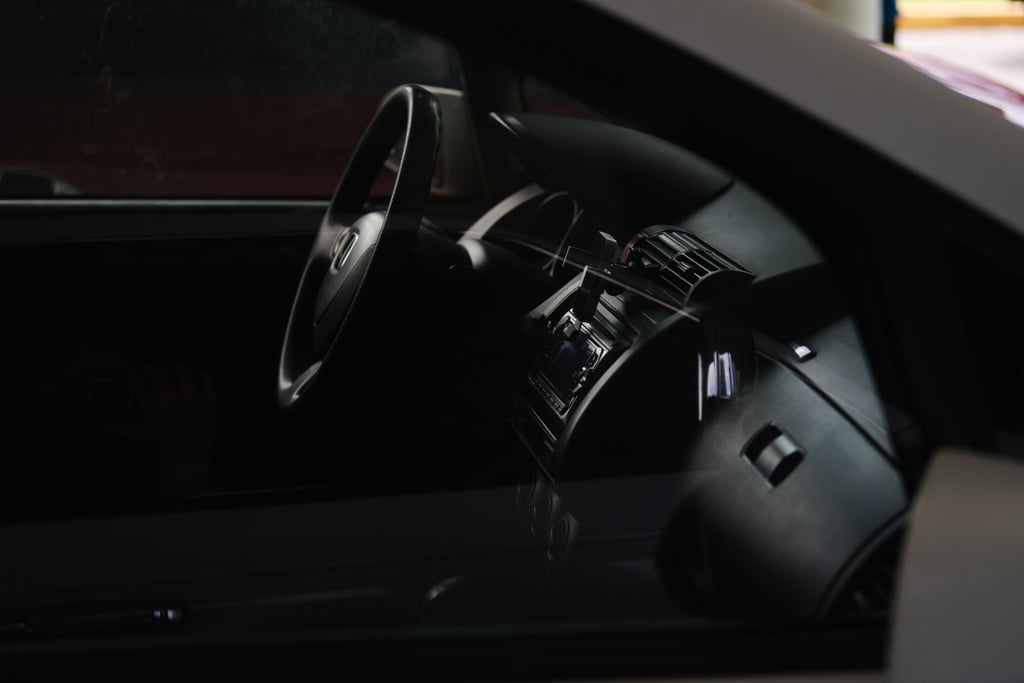

Straight out of camera (SOOC)... through 2 windshield windows.
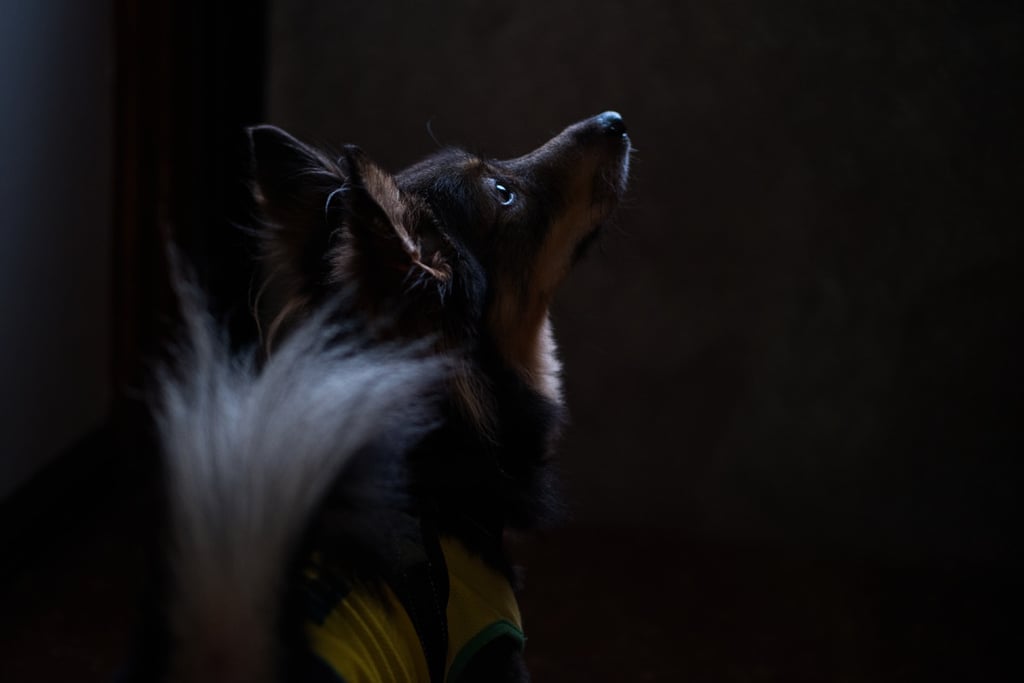

With Animal subject tracking
(Click the image to zoom). I walked past this couple when I shot it.
© 2025. All rights reserved.
Connect with The Lensman Collective
Reach out for inquiries about my documentary and
food photography projects. Let's collaborate and
create stunning visual stories together.
Mobile
platetopic@gmail.com
